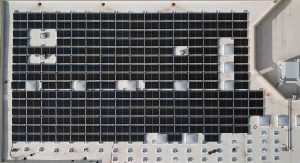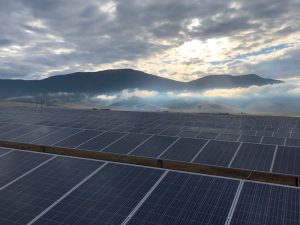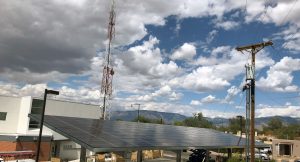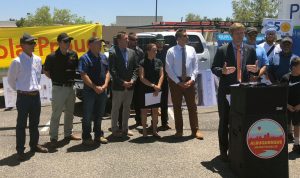After Installation, What Happens Next?
Scenario:
You’ve just had a solar system installed at your home. Now you must wait for the Authority Having Jurisdiction (AHJ) to perform a final site inspection. Like other building inspections, the inspector is going to look for specific components, design, and structural characteristics to determine if the solar PV system on your roof has been installed properly, is compliant with National Electric Code regulations, and meets the requirements of the AHJ.
Every location is unique. In our service locations such as Albuquerque, Rio Rancho, Santa Fe, and Taos, inspectors will have common requirements for the solar PV installation, but there are often variations and code interpretations that require specific attention to detail for each location a solar PV system is installed.
What will your Inspector look for?
Electric Service Panel: Inspectors will be looking to see if the homeowner’s service panel meets the electrical code standards and that all wiring and connections are properly made. They will also review and compare the one line electrical diagram with the system configuration to determine if all essential components are included, if any changes have been made, and if an electrical service upgrade was performed in order to meet capacity requirements.
The customer will be feeding additional electrical power through the service panel, so it is critical that it be sized properly to meet the electricity demand that comes from the local utility company as well as the solar panels’ production.
Safety and structural: Your inspector will observe the installation for proper grounding in accordance with the manufacturer’s installation guidelines and the local AHJ requirements. In addition, they will look at the roof’s structure to ensure that it can support the weight of modules and the racking system that attaches them to the roof.
During the permitting process the solar installer will submit letters from professional engineers who manufacturer the racking and structural engineers who perform site tests to indicate the roof’s ability to support the load of the modules and their racking. The inspector will review these documents and compare with the on-site inspection in order to make sure all requirements have been met.
Before Final Approval: The inspector will ensure that all racking and modules are properly secured, that the conduit runs, connectors, wiring, and inverters are correctly installed, and that proper site placards and warnings are posted on the equipment.
Does your Installer meet code compliance?
One easy way to tell if your project will be successful in passing the final inspection is to take walkthrough with your installation team and have them explain the installation and the hardware that has been installed. Installation workmanship, while not always the main indicator of code compliance, can give clients more confidence that the system installation was performed with the highest degree of quality and care.
A few questions you might ask yourself while performing a final walkthrough can give you a good idea if your system has been installed correctly:
- Are there any loose wires running underneath the modules or from the array?
- Does the equipment have proper warning stickers and labeling?
- Is the conduit properly installed along the wall or inside the house or is it haphazard?
- Does the installation reflect the site plan and is it properly ballasted or secured to the roof?
System Simulation and Testing
Sol Luna Solar reviews each project with our clients by performing a simple system test to show the client that the installed solar system works properly and is ready for the final inspection. In addition, we walk our clients through the FREE monitoring portal, which can be accessed online at any time.
Above all, a client must be confident in their installer. By choosing Sol Luna Solar our clients are assured that the workmanship will meet higher standards, our components meet/exceed National Electric Code compliance, and that the team of installers are Sol Luna solar employees, not sub-contractors.
All of these will help your solar system get inspected and be ready for production in no time!





